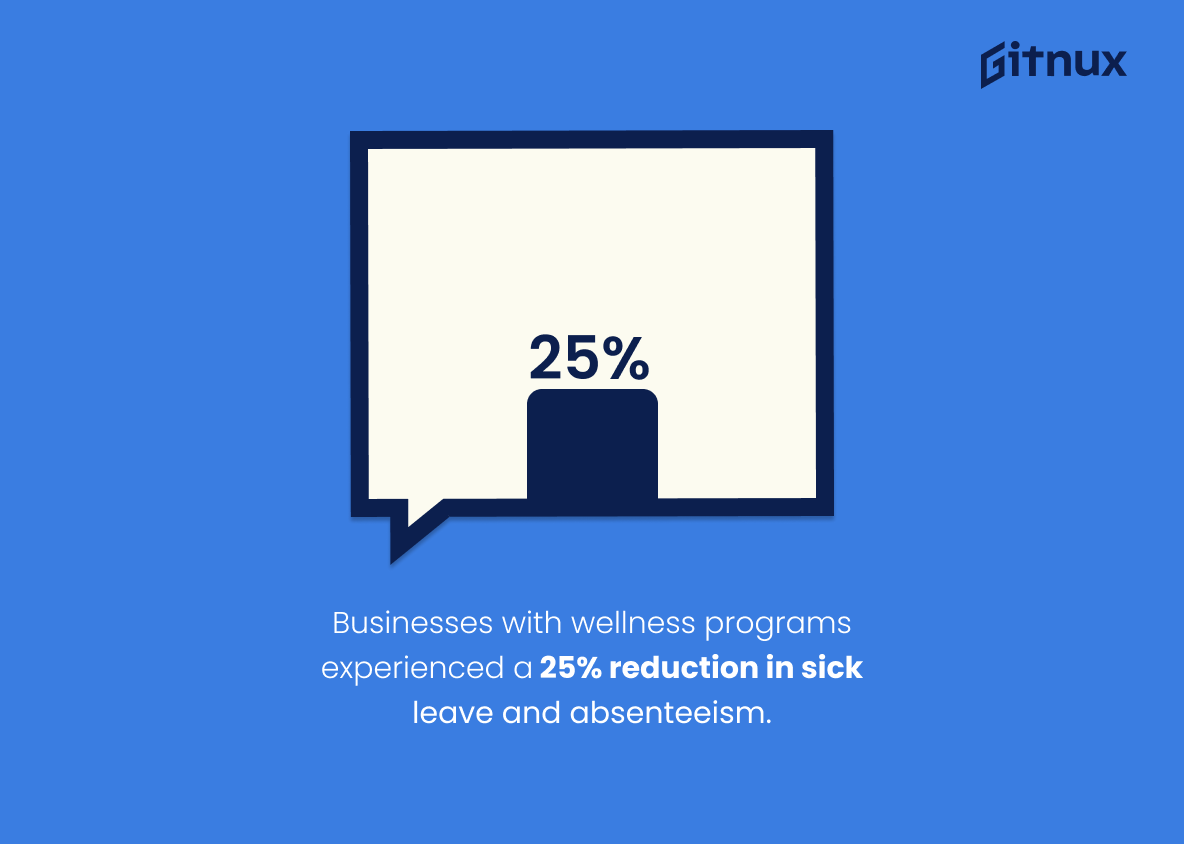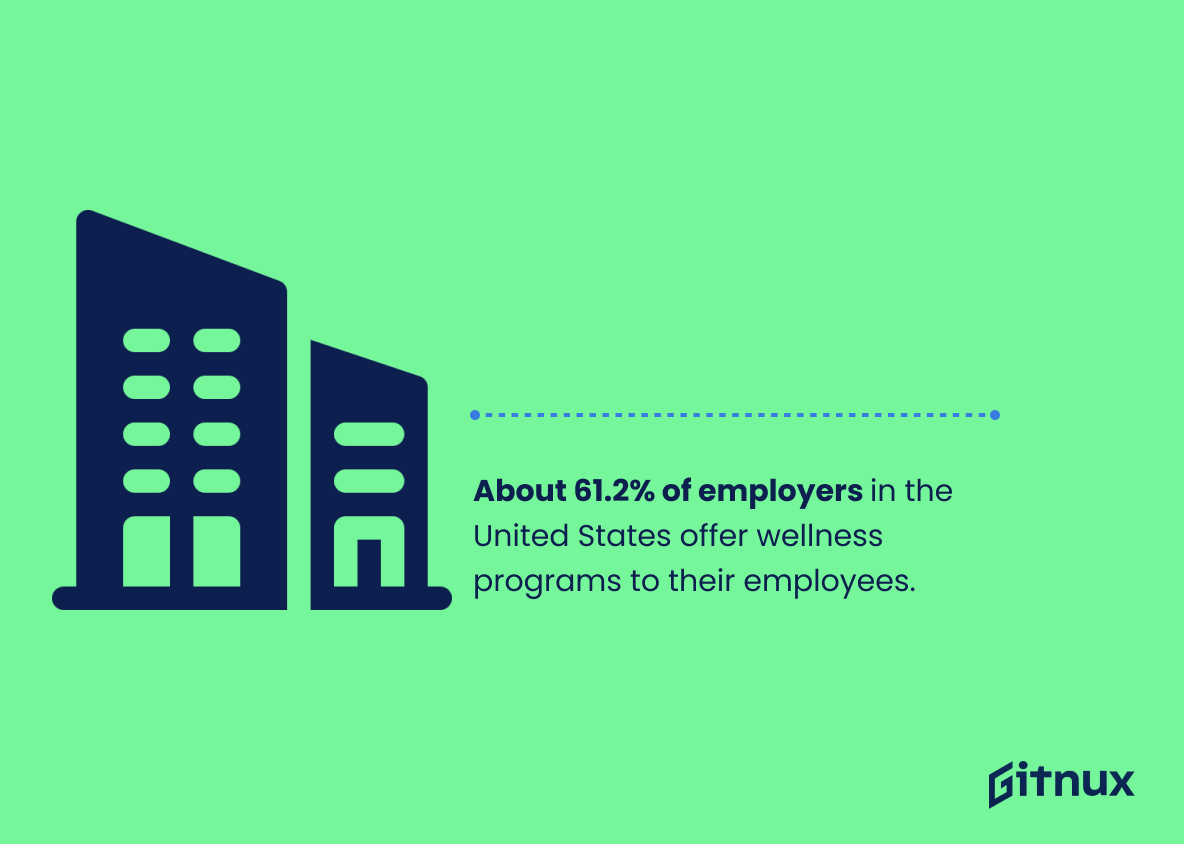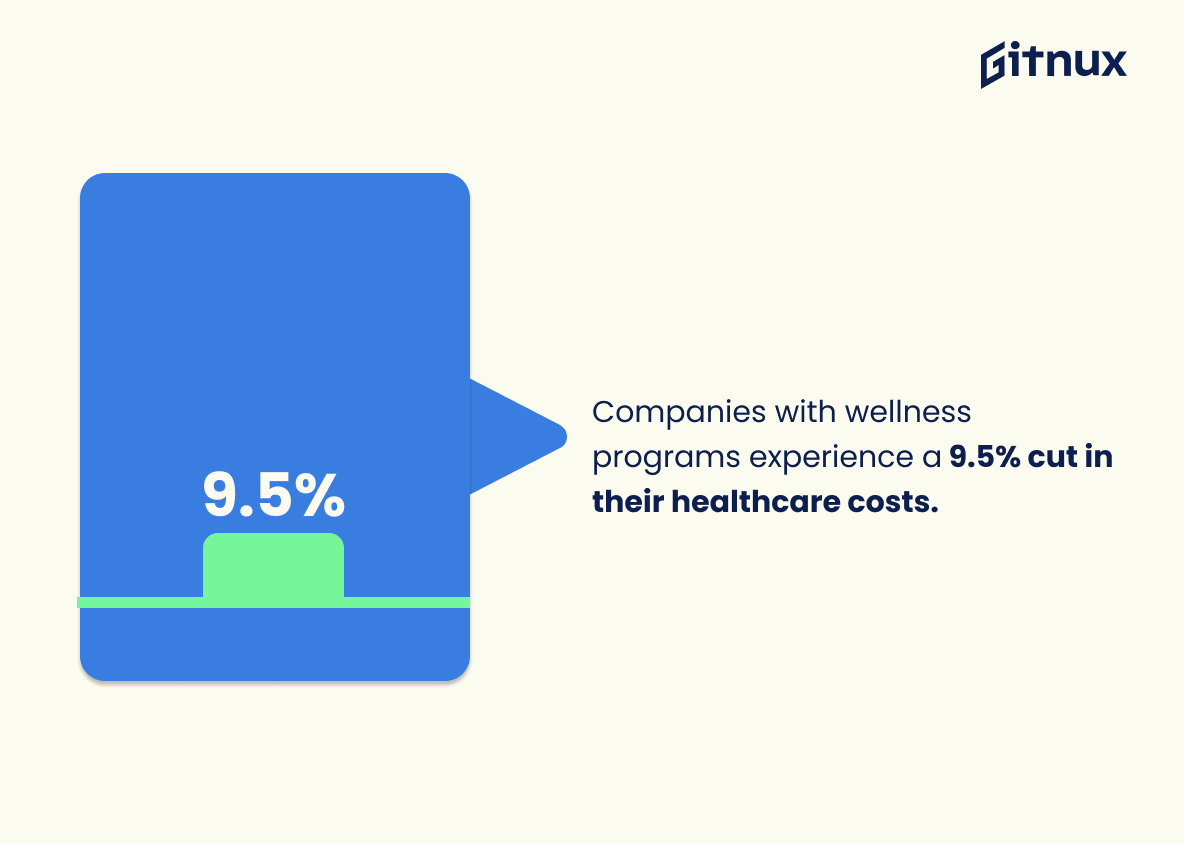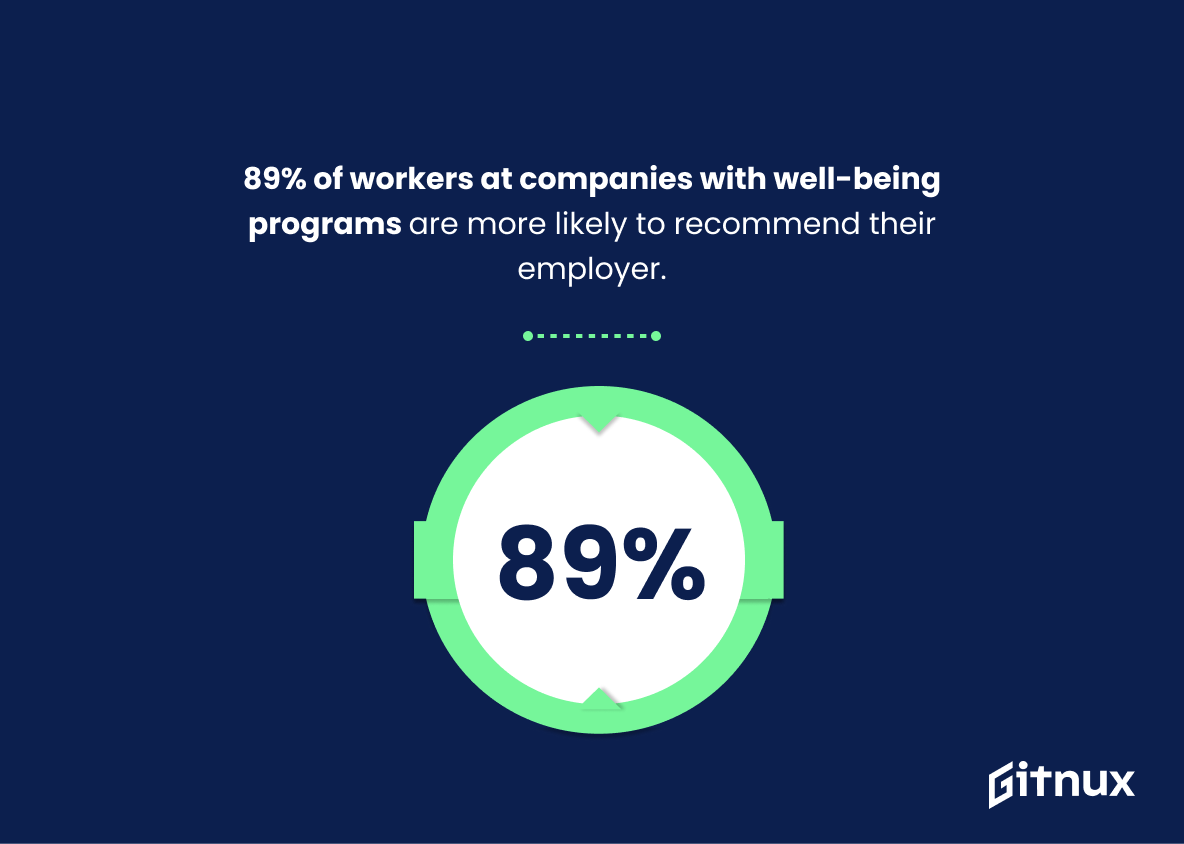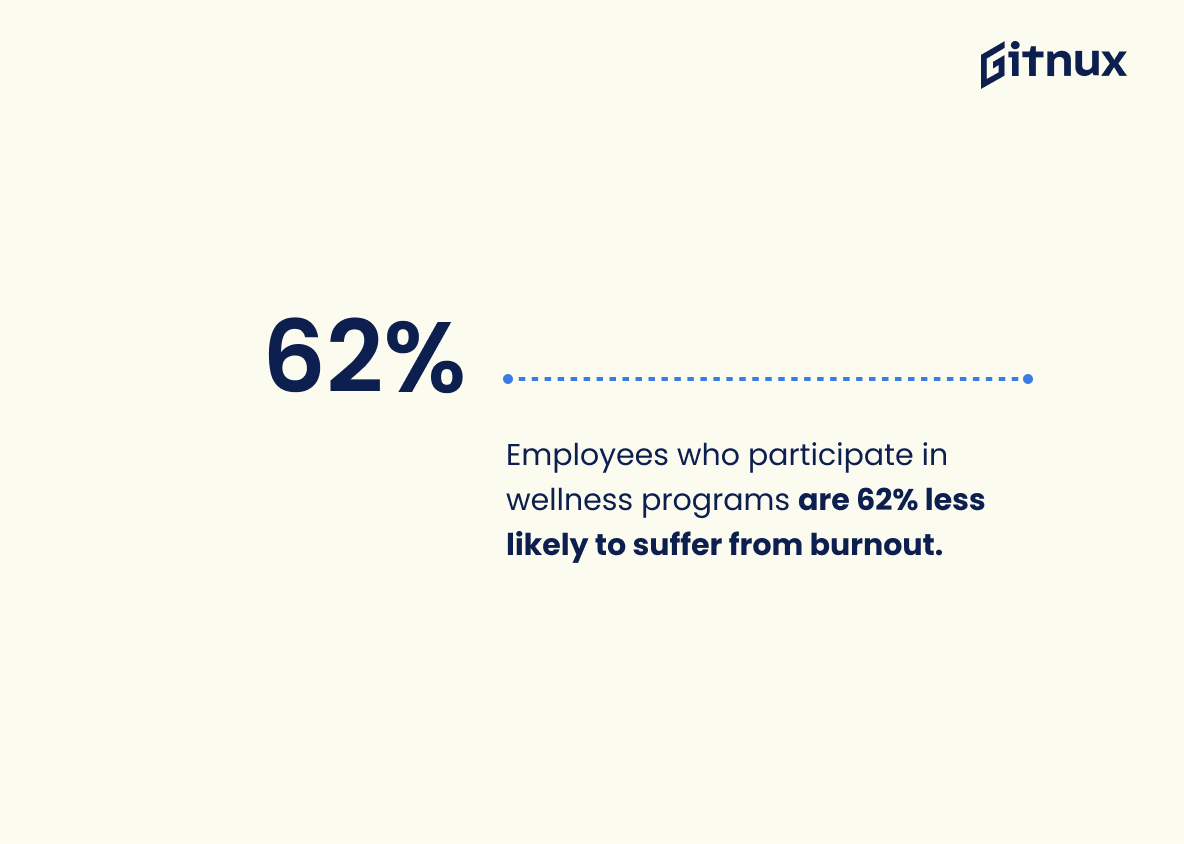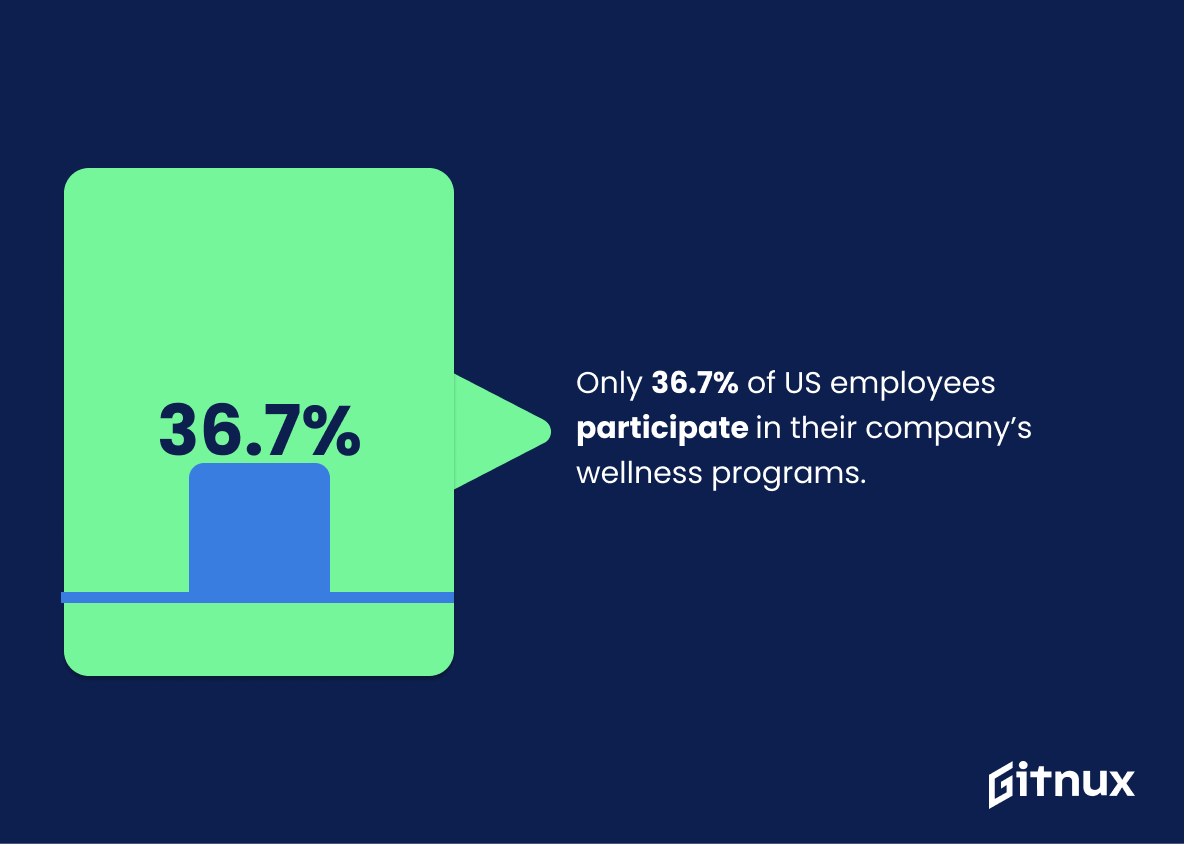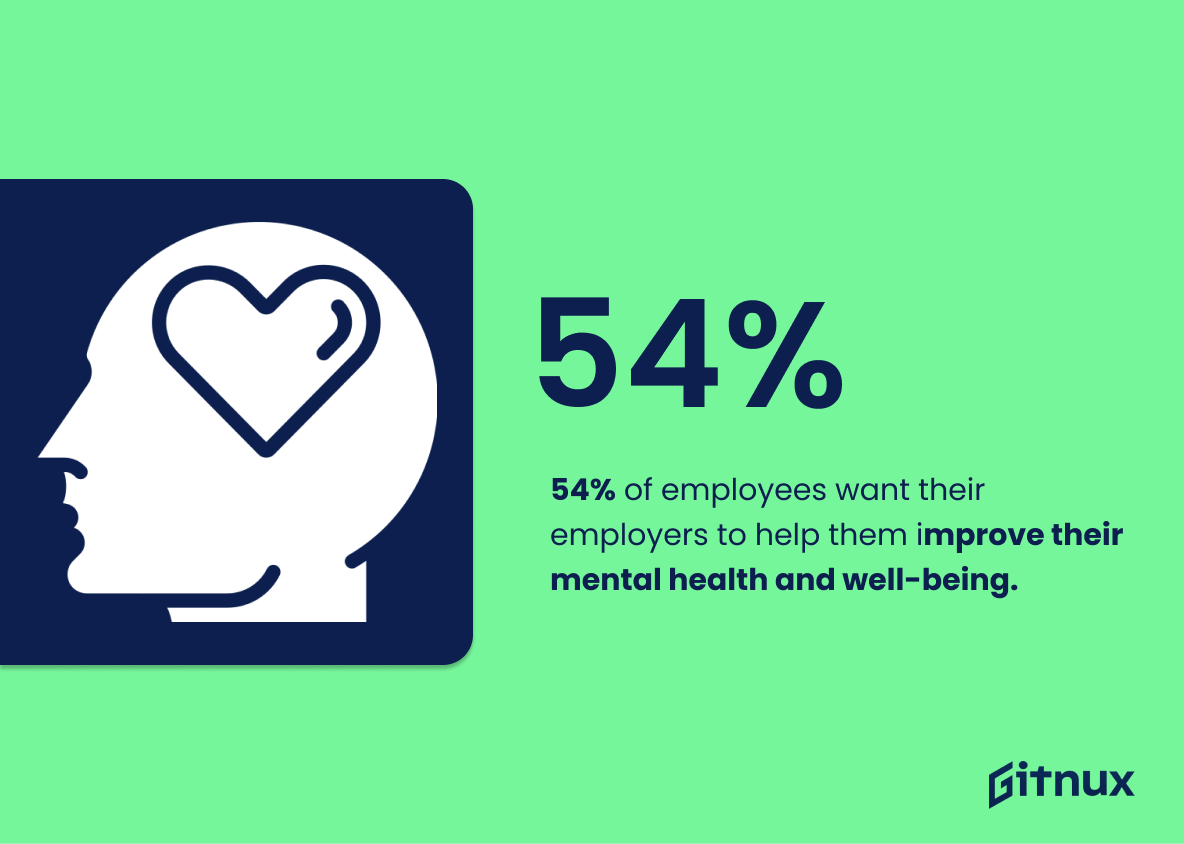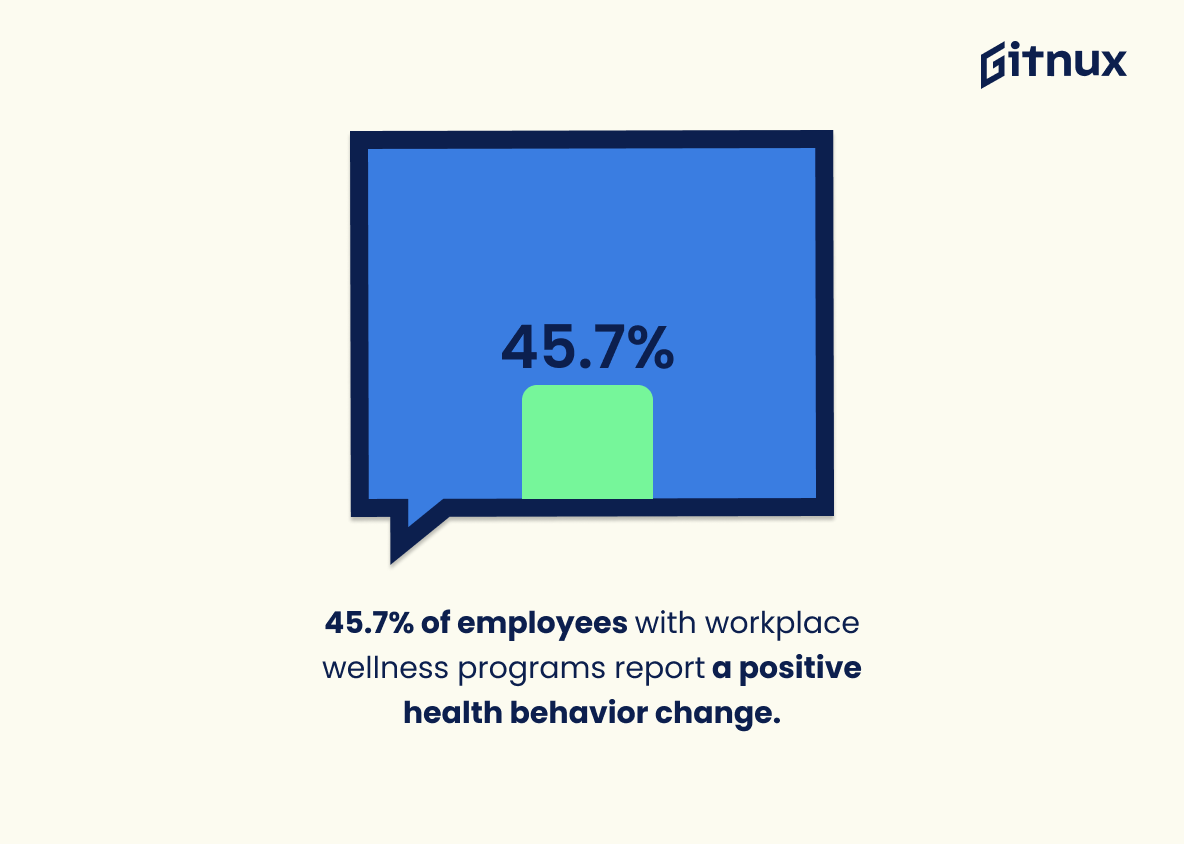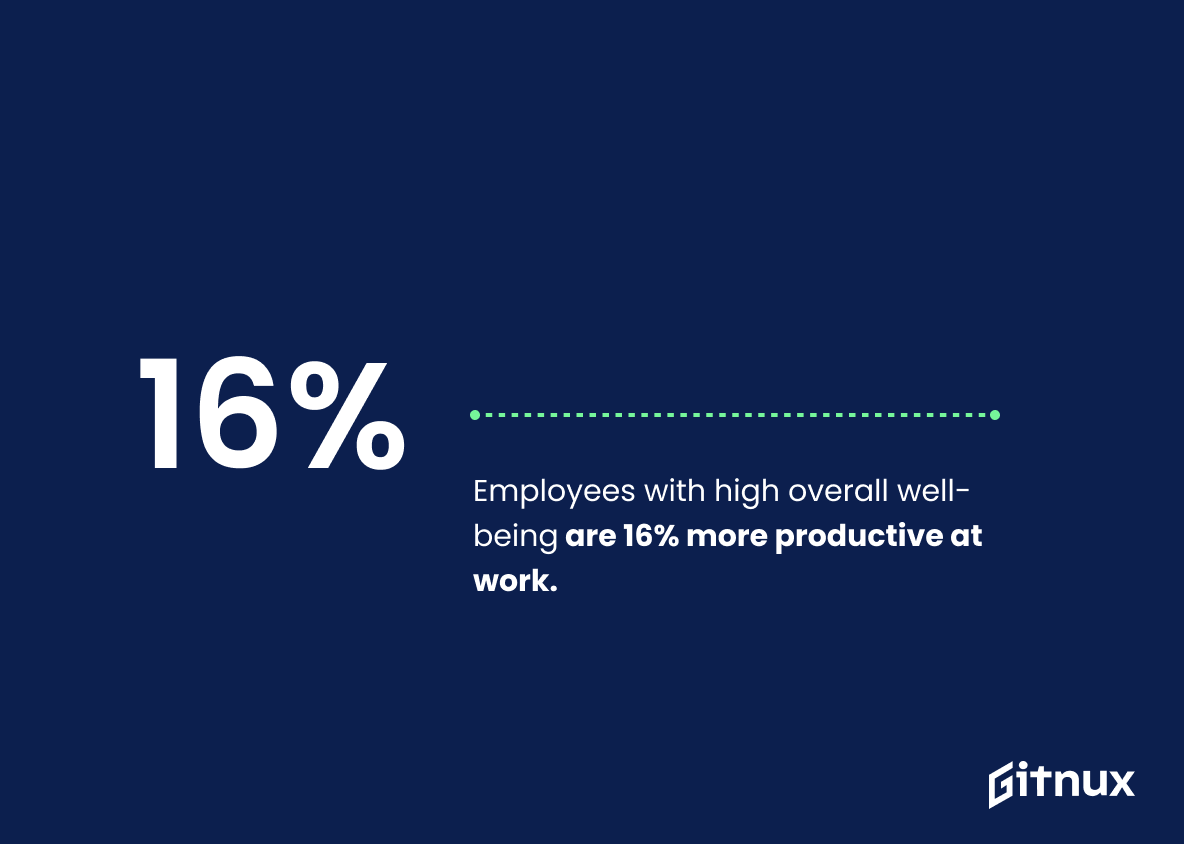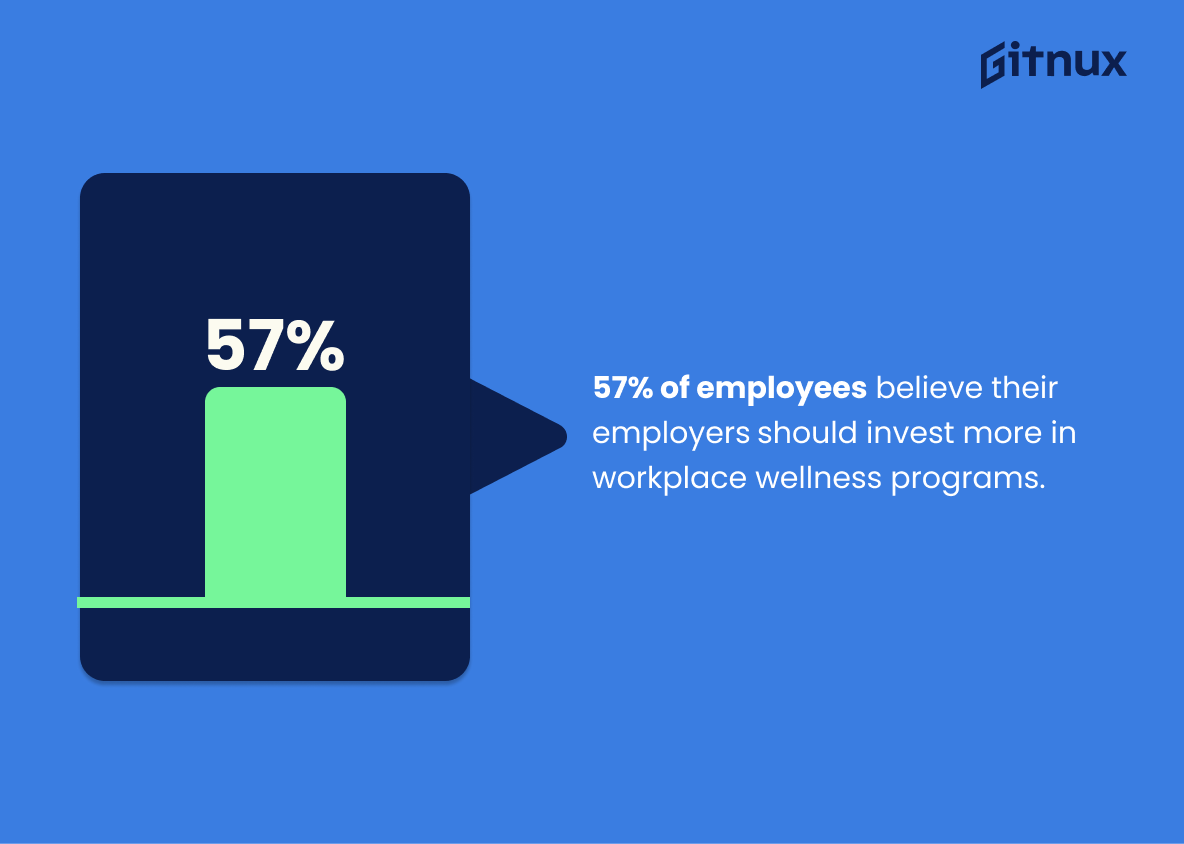The workplace is an important part of our lives, and it’s essential to ensure that employees are healthy and happy. Wellness programs can have a positive impact on company culture, reduce sick leave and absenteeism, help cut healthcare costs, increase employee satisfaction with their employer, save money for both employers and employees alike, reduce job stress levels as well as burnout rates among workers. According to recent statistics from various sources such as PR Newswire (77% of employees say a wellness program positively impacts company culture), TotalWellness Health (businesses with wellness programs experienced 25% reduction in sick leave/absenteeism), RAND Corporation (61.2% of US employers offer wellness programs) Life Happens (companies with wellness programs experience 9.5% cut in healthcare costs), Forbes Magazine(89% of workers at companies with well-being programs are more likely to recommend their employer) SHRM Organization(wellness program result in average savings $550 per employee each year). Insperity Inc.(40 % all employees feel job very or extremely stressful ), INC magazine(Companies w/wellness progs experience 28 % reduction emps getting sick ) , WellSteps blog post 45 %employees said current employer’s wellbeing helped them reduce health care expenses , GoRemotely website 79 percent see flexibility important overall wellbeing Muse article 62 percent less likely suffer burnout Rand Corp 36 .7 participate co’s prog Business Start & Grow 56 pct reduction job stress BCBS 14 .3 disability days Guardian 54 want improve mental health Optum 57 believe invest more SkyWellGallup 16 productivity TheMuse 20 ROI 581 every 1 spent SkyWell 78 affects mental health Rand Review 45 .7 report pos behavior change Gallup Workplace 57 believe invest more Optum WellBeingWorkplace
This statistic is a powerful indicator of the impact that wellness programs can have on company culture. It shows that the majority of employees recognize the positive effects that such programs can have, and that they are likely to be beneficial for the workplace. This statistic can be used to demonstrate the importance of wellness programs in creating a healthy and productive work environment, and to encourage employers to invest in such initiatives.
Businesses with wellness programs experienced a 25% reduction in sick leave and absenteeism.
This statistic is a powerful testament to the effectiveness of wellness programs in the workplace. It demonstrates that investing in the health and wellbeing of employees can have a tangible, positive impact on the company’s bottom line. By reducing sick leave and absenteeism, businesses can increase productivity and efficiency, leading to greater success. This statistic is a compelling argument for why employers should prioritize wellness in the workplace.
Wellness In A Workplace Statistics Overview
About 61.2% of employers in the United States offer wellness programs to their employees.
This statistic is a testament to the growing importance of workplace wellness programs in the United States. It shows that employers are increasingly recognizing the value of investing in their employees’ health and wellbeing, and are taking steps to ensure that their employees have access to the resources they need to stay healthy and productive. This statistic is a powerful reminder of the importance of workplace wellness and its potential to improve employee morale, productivity, and overall job satisfaction.
Companies with wellness programs experience a 9.5% cut in their healthcare costs.
This statistic is a powerful testament to the effectiveness of wellness programs in the workplace. It demonstrates that investing in employee wellness can have a tangible, positive impact on a company’s bottom line. This is an important point to consider when discussing the value of wellness programs in the workplace.
89% of workers at companies with well-being programs are more likely to recommend their employer.
This statistic is a powerful testament to the impact of well-being programs in the workplace. It shows that when employers invest in the health and well-being of their employees, those employees are more likely to be satisfied with their job and recommend their employer to others. This is an important statistic to consider when discussing the importance of wellness in the workplace.
Wellness programs result in an average savings of $550 per employee each year.
This statistic is a powerful testament to the value of wellness programs in the workplace. It demonstrates that investing in the health and wellbeing of employees can have a tangible, positive impact on the bottom line. This is an important point to consider when discussing the importance of wellness in the workplace.
45% of employees said that their current employer’s wellness program helped them reduce healthcare expenses.
This statistic is a powerful testament to the effectiveness of workplace wellness programs. It shows that when employers invest in their employees’ health and wellbeing, it can have a tangible impact on their healthcare costs. This is an important point to make in a blog post about Wellness In A Workplace Statistics, as it demonstrates the value of such programs and encourages employers to invest in them.
Employees who participate in wellness programs are 62% less likely to suffer from burnout.
This statistic is a powerful testament to the effectiveness of wellness programs in reducing burnout among employees. It highlights the importance of investing in workplace wellness initiatives, as it can have a significant impact on employee wellbeing. This statistic is an invaluable resource for employers looking to create a healthier and more productive work environment.
Only 36.7% of US employees participate in their company’s wellness programs.
This statistic serves as a stark reminder of the need for employers to prioritize workplace wellness. With such a low percentage of employees taking advantage of wellness programs, it is clear that more needs to be done to ensure that employees are taking advantage of the resources available to them. This statistic highlights the importance of employers taking the initiative to create and promote wellness programs that are accessible and beneficial to their employees.
Employee wellness programs can reduce disability days by 14.3%.
This statistic is a powerful testament to the effectiveness of employee wellness programs. It demonstrates that investing in the health and wellbeing of employees can have a tangible, positive impact on the amount of disability days taken. This is an important statistic to consider when discussing the value of workplace wellness initiatives.
54% of employees want their employers to help them improve their mental health and well-being.
This statistic is a powerful reminder of the importance of mental health and well-being in the workplace. It highlights the need for employers to take proactive steps to ensure their employees are supported in this area, as the majority of them are looking for help. This statistic is a call to action for employers to prioritize mental health and well-being in their workplace, and to create an environment where employees feel safe and supported.
45.7% of employees with workplace wellness programs report a positive health behavior change.
This statistic is a testament to the effectiveness of workplace wellness programs in promoting positive health behaviors. It shows that when employers invest in wellness initiatives, their employees are more likely to make healthier lifestyle choices. This is an important statistic to consider when discussing the value of workplace wellness programs, as it demonstrates the tangible benefits they can bring to employees.
Employees with high overall well-being are 16% more productive at work.
This statistic is a powerful reminder of the importance of workplace wellness. It shows that when employees have a high overall well-being, they are more productive and efficient at work. This is a great incentive for employers to invest in their employees’ well-being, as it can lead to increased productivity and improved performance. This statistic is a great example of how workplace wellness can have a positive impact on a business.
57% of employees believe their employers should invest more in workplace wellness programs.
This statistic is a powerful indicator of the need for employers to invest more in workplace wellness programs. It shows that a majority of employees recognize the importance of such programs and are eager for their employers to take action. This statistic is a clear call to action for employers to prioritize workplace wellness and invest in programs that will benefit their employees.
Conclusion
It is clear from the statistics presented that workplace wellness programs are beneficial for both employers and employees. Employees report feeling more positive about their company culture, experiencing fewer sick days, having lower healthcare costs, being less likely to suffer from burnout or job stress, and becoming more productive at work when they have access to a well-being program. Employers also benefit financially with an average savings of $550 per employee each year as well as a return on investment of approximately $5.81 for every dollar spent on such initiatives. With these benefits in mind it is no surprise that 57% of employees believe their employer should invest more in workplace wellness programs – making them an essential part of any successful business strategy today.
References
0. – https://www.themuse.com
1. – https://www.theguardian.com
2. – https://www.gallup.com
3. – https://www.lifehappens.org
4. – https://www.forbes.com
5. – https://www.shrm.org
6. – https://www.prnewswire.com
7. – https://www.rand.org
8. – https://www.wellsteps.com
9. – https://www.optum.com
10. – https://www.totalwellnesshealth.com
11. – https://www.bcbs.com
ZipDo, cited June 2023: Wellness In A Workplace Statistics

